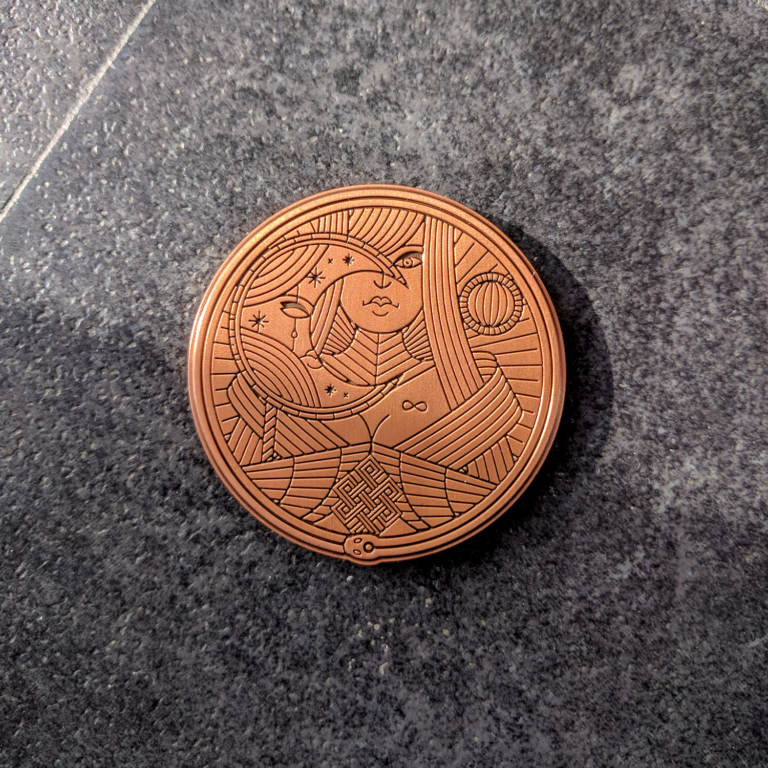
#PECUNIA COIN SERIES#
Consequently, their treatment within this chapter can only be impressionistic, and will require refinement and revision once the RPC series has been completed. Provincial coins from the reigns of Nerva to Hadrian (ad 96–138) and the third century AD have not yet been catalogued systematically. The latter embraces the Antonine period, the time from the accession of Antoninus Pius in ad 138 to the death of Commodus in AD 192. This chapter is based mainly on the material contained in the first two volumes of the Roman Provincial Coinage (RPC) series, which cover the Julio- Claudian and Flavian periods from 44 BC to AD 96, and the database of the RPC IV project. It is also the main theme of Burnett’s paper which compares the Roman East with the Roman West. Geographical diversity will only be touched on here, but emerges strongly from the regional studies within this volume. The Aims of this Chapter are to Provide a brief introduction to Roman provincial coinage as background to the book as a whole, and to outline the key developments in Roman provincial coin iconography from a chronological perspective. In Bithynia and Pontus these coins were struck by four centres, namely Byzantium, Amastris, Sinope, and Amisus, emphasising some traditions and cults in this region.

But might they entail a modest proclamation of civic independence without necessarily involving the status of the city? Coins without imperial heads are recorded mostly in cities in the Roman provinces.

The centres had some freedom to choose the images on the coins these images were related on one hand to the city’s history and tradition and on the other to Roman authority and adherence to the Roman Empire. According to earlier theories, pseudo-autonomous coins, or, more accurately, coins without imperial portraits, were expressions of the status of a city and its independence however, this was never confirmed in reality.

Such coins were struck, in greater or lesser numbers depending on the relevant authority, by many centres in all of the Roman provinces.

Many researchers have assumed a special role for the production of pseudo-autonomous coins, but perhaps these coins were unexceptional among currency circulating in the provinces. However, sometimes there are no such exceptions to explain an uncommon situation. When an inconsistency is found within the context of an accepted rule, generally an unusual reason for its existence is sought.


 0 kommentar(er)
0 kommentar(er)
